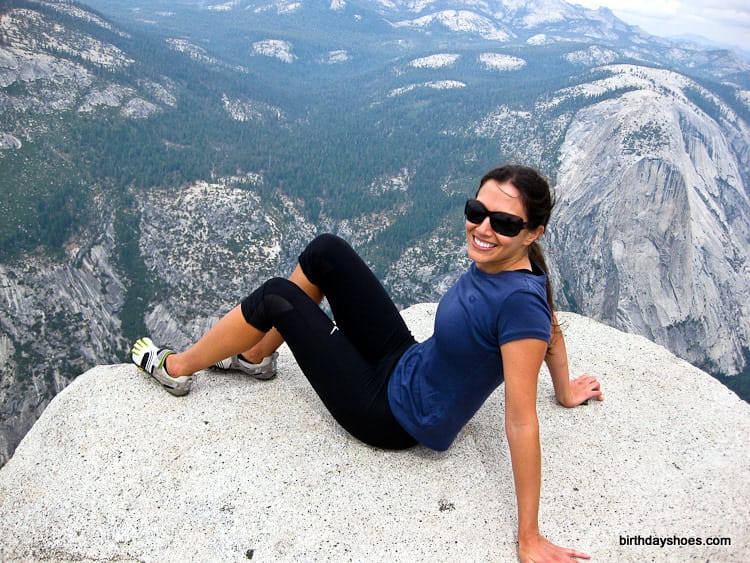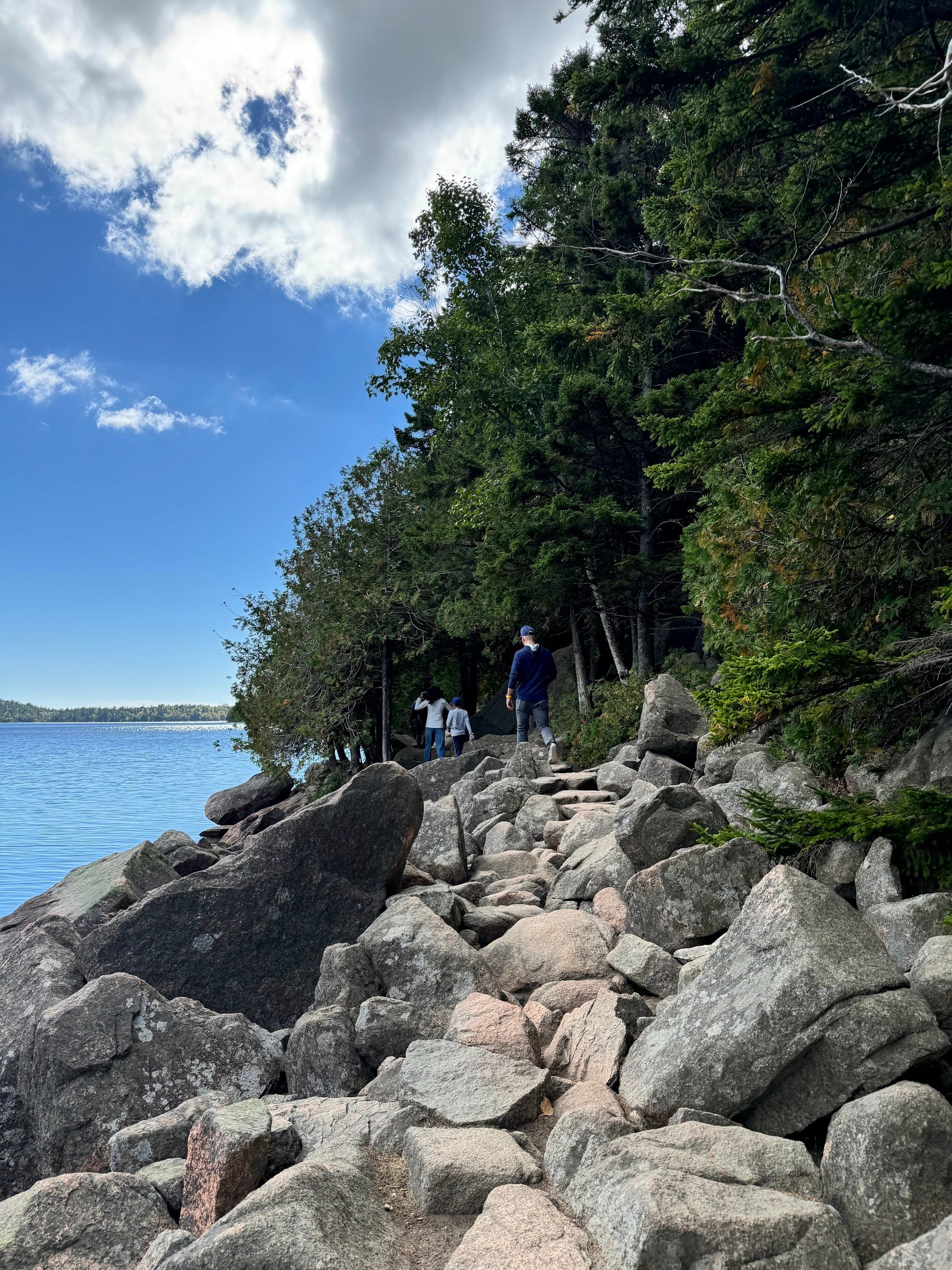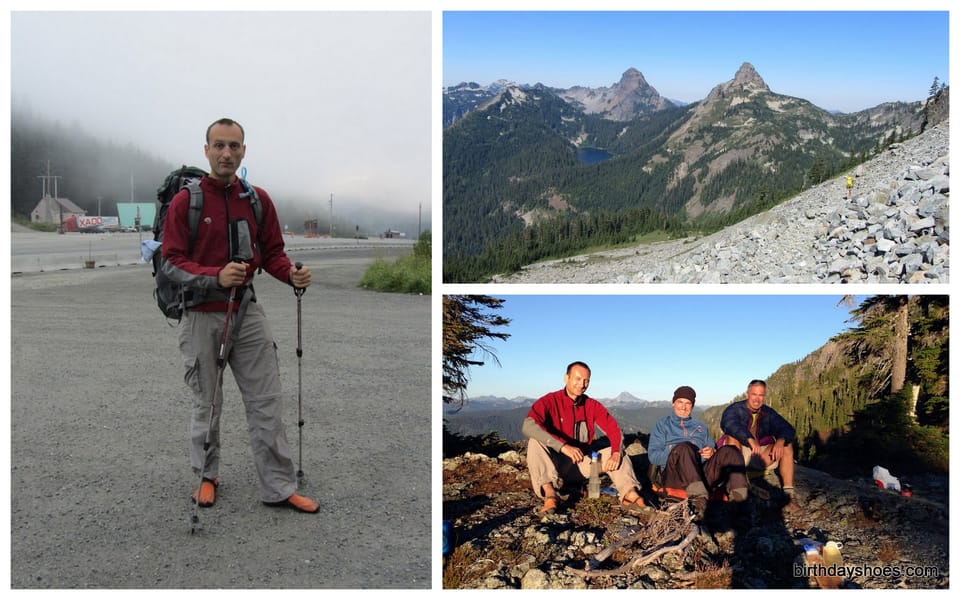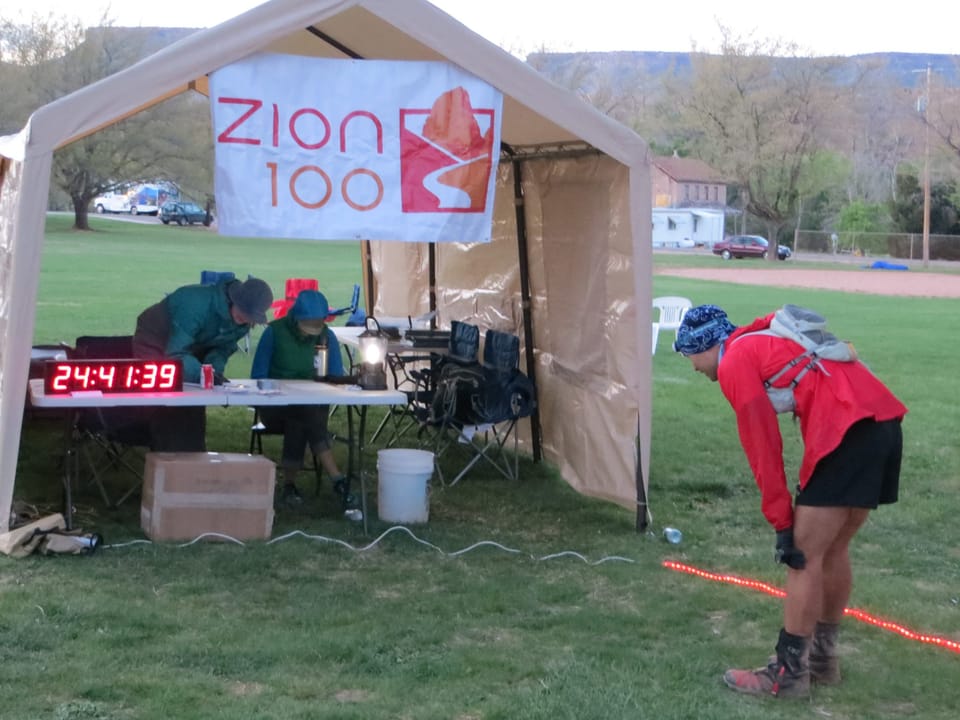Hiking the Austrian Alps in Vibram FiveFingers
Despite being told that hiking boots are necessary for more serious walks, I found the opposite to be true. I've tried both, and for me FiveFingers are far superior in all but the most extreme environments.
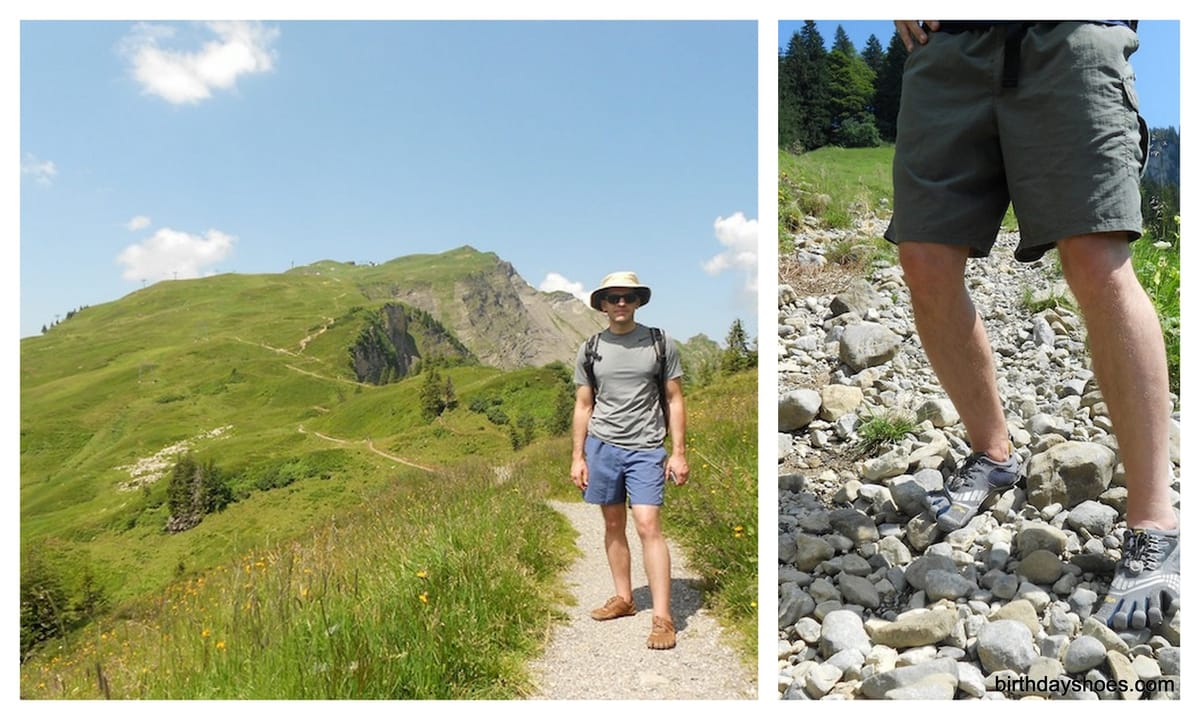
Guest post by David
Many people will say, "You can't hike in FiveFingers." Don't believe them.
I've been hiking for more than ten years in many places around the world, from the high mountains of Peru to the jungles of Borneo. I've hiked in high-topped leather boots, traditional hiking shoes, and Vibram FiveFingers. And I'll never hike in traditional hiking shoes or boots again. In my experience, FiveFingers are the ultimate shoes for walking over nearly any terrain.
Read on to see how FiveFingers have stacked up for hiking the Austrian Alps!
I bought my first pair of FiveFingers (KSOs) to use for martial arts training in 2008, and instantly realized they were the best shoes I had ever worn. The thin soles made me feel like a gecko, glued to the ground with a sense of balance only felt with bare feet. Since I don't work in an office and rarely attend formal events, I trashed most of my traditional shoes and switched to wearing FiveFingers everyday.
I tried to convince everyone I knew to do the same, to free their feet from bondage, to be able to move faster, stronger, and with better balance. Most weren't willing to give them try, but those that did were also hooked. The common objections regarding the look of FiveFingers are somewhat understandable. They do look different, and they do attract attention. But there are an equal if not greater number of people with misconceptions owed to pervasive, "good" marketing from traditional shoe companies about the need for supportive and protective footwear.
Combating common misconception.
One of these misconceptions is that you can't hike in FiveFingers. In 1999 I hiked the Inca Trail, watching native guides and porters run up and down the steep stone steps, often wet or covered in snow, wearing flimsy sandals. The height of the thick soles on my hiking shoes decreased my balance, and caused me to nearly sprain my ankles on numerous occasions. Whereas the natives were so close to the ground in their sandals that they were better rooted and less likely to slip or twist an ankle. I didn't fully understand this until I began hiking in FiveFingers on steep and rocky trails.
Despite being told that hiking boots are necessary for more serious walks, I found the opposite to be true. I've tried both, and for me FiveFingers are far superior in all but the most extreme environments. (The pictures in this post are from a recent 2 week hiking trip in the Austrian Alps, in Vorarlberg near the border with Germany and Switzerland.) The thin soles bring you closer to the ground, improving your balance and making it nearly impossible to sprain an ankle. The individual toe pockets combined with the flexibility of the shoes cause your feet to conform to the surface of the ground, giving you a larger contact area which leads to less slipping and quicker recoveries. And the extremely low weight of FiveFingers ensures you'll expend less energy, enabling you to hike for longer periods without tiring.
I've hiked with the KSO's, KSO Treks, Trek LS's, and Komodo LS's. While I find the Trek LS's to be the most rugged and offer the most protection against sharp, pointy rocks, the KomodoSports may be my favorite option. They conform even better to my feet due to the elastic uppers, and the increased flexibility of the soles is a plus for me. The standard KSO's are a bit too slippery for some surfaces, with not enough traction for wet mud. But the Komodos have just the right amount. For warm weather hiking the Komodos are my shoe of choice, and for cold weather hiking I prefer the Trek LS with socks to keep my feet warm.
Regardless which FiveFingers model you choose, rest assured, they make an outstanding hiking shoe!
Photos
About the Author — I'm originally from New Orleans, but currently traveling more than not. I taught self defense full time for many years, and you can see me wearing FiveFingers for martial arts training on my site, Functional Self Defense. These days I'm primarily working as a web developer.

